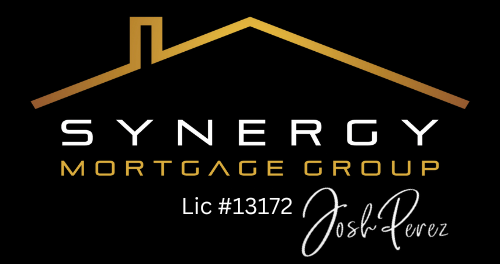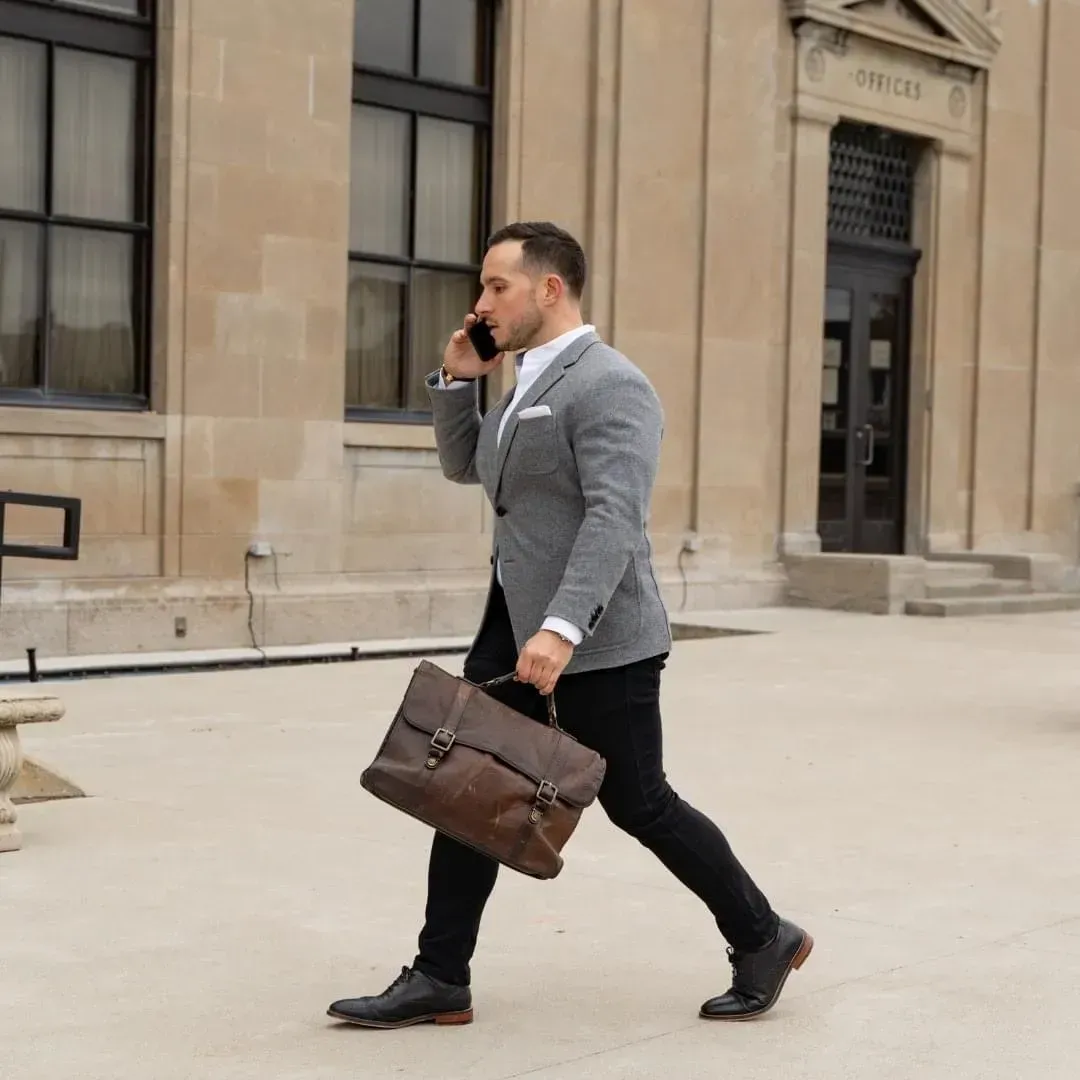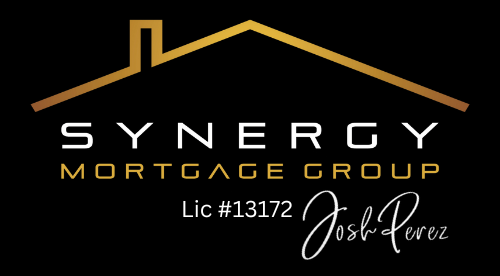Fairness and Housing: A Realistic Perspective
Before diving into the specifics of the upcoming budget, I want to step back and discuss the overarching theme of this budget in one word: fairness. For Canada to thrive, everyone needs to succeed. However, when we look at the current economy, it just doesn't feel very fair.
"Until we actually address supply crisis and building and providing enough housing for the amount of people that are in our country and that continue to migrate into the country, we will always have an affordability issue."
I'm of the belief that the sooner we understand that life isn't fair and cultivate gratitude for what we have, the less likely we are to lead lives filled with disappointment. This perspective is particularly relevant when it comes to housing, renting, and pricing. Many people are waiting for the government to implement policies that will make things more equitable, assuming that "fair" renting will translate into affordability. But the reality is, I just don't see that happening with the current policies.
We’ve recently experienced an interest rate market that was exceptionally low, driving real estate prices to unprecedented heights. This surge in prices has exacerbated the affordability crisis, making it even harder for many Canadians to find affordable housing.
The crux of the issue lies in the supply crisis. Until we address the need for more housing by building enough units to meet the demands of our growing population and those migrating to our country, we will continue to struggle with affordability. The focus should be on increasing supply to match demand, rather than relying solely on policy changes that have yet to prove effective.
In conclusion, while fairness is a noble goal, achieving it requires a realistic approach to the underlying issues. Addressing the housing supply crisis is crucial for making strides toward a fairer and more affordable housing market. By focusing on practical solutions and fostering gratitude for what we have, we can work towards a more equitable future for all Canadians.





